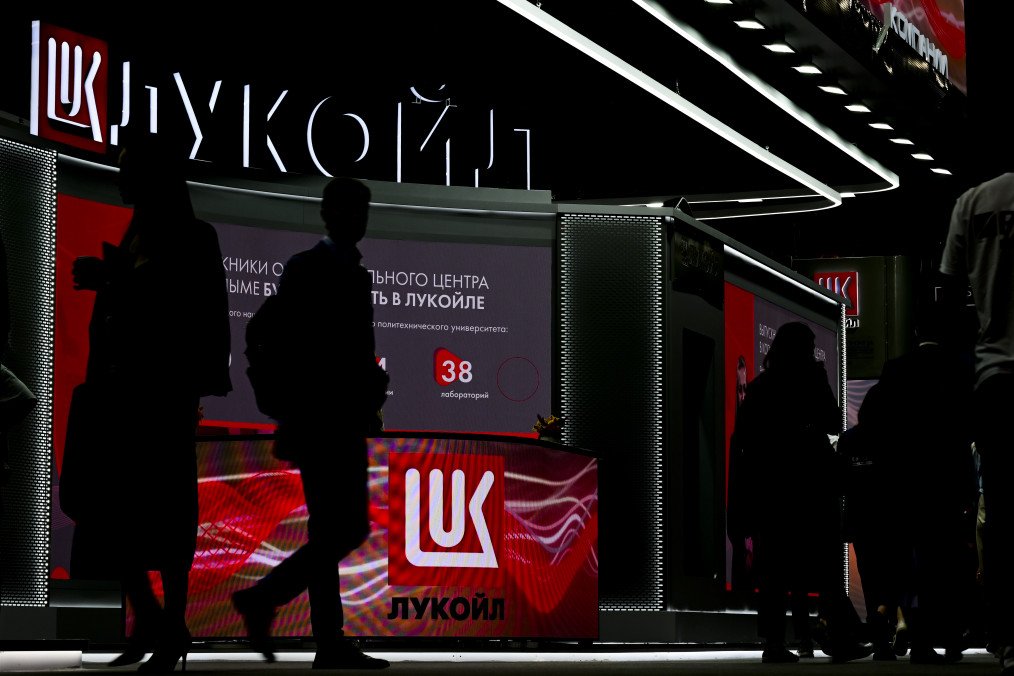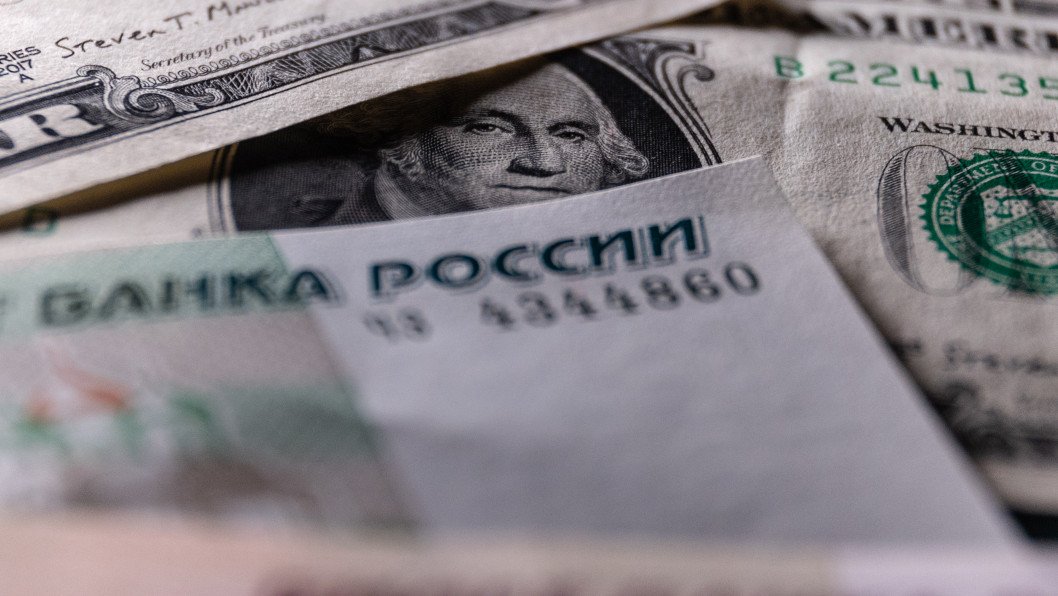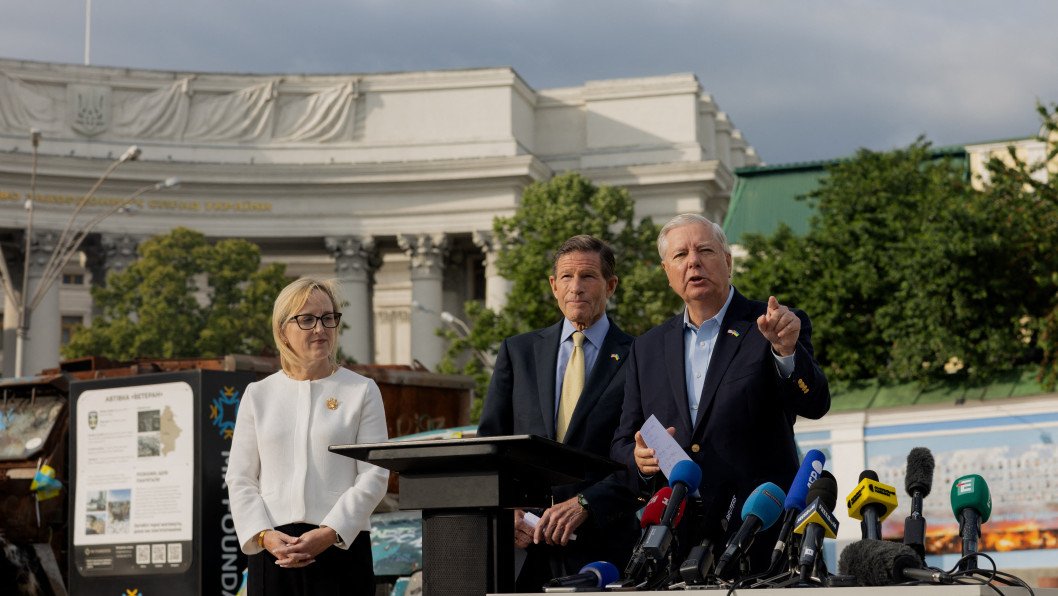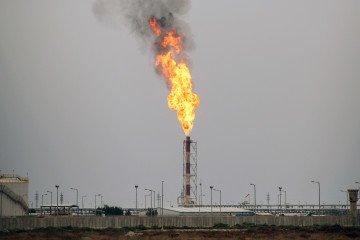- Category
- Latest news
EU and G7 Allies Push to Cut Russian Oil Price Cap Even Without US Backing

A majority of G7 countries are prepared to move forward with a reduction in the price cap on Russian oil, even if the United States decides not to support the measure, according to four sources familiar with the ongoing discussions, Reuters reported on June 12.
The topic is expected to be a key agenda item during the G7 summit scheduled for June 15–17 in Canada. The existing cap, initially set at $60 per barrel and agreed upon in late 2022, was designed to curb Moscow’s ability to finance its military efforts while still allowing Russian crude to flow to third countries via Western insurance and maritime services.

However, Reuters pointed out that recent declines in global oil prices have made the current cap less effective. European Union countries and the United Kingdom have been advocating for a lower threshold for several weeks. According to sources, the EU and the UK—supported by Canada and other European G7 members—are now prepared to move forward independently if necessary.
“There is a push among European countries to reduce the oil price cap to $45 from $60. There are positive signals from Canada, Britain, and possibly Japan. We will use the G7 to try to get the US on board,” one of the sources said.
According to Reuters, it remains unclear whether the US administration will support the proposed adjustment. A White House official noted that President Donald Trump “looks forward to a robust discussion on key economic and geopolitical issues” at the summit.
At last month’s G7 finance ministers’ meeting in the Canadian Rockies, US Treasury Secretary Scott Bessent expressed reservations about lowering the cap. However, some voices in the US Congress, including Senator Lindsey Graham, have indicated support for tougher measures. Graham is also backing new legislation that could impose significant tariffs on buyers of Russian oil.

The EU’s proposal to lower the cap to $45 per barrel forms part of its 18th sanctions package, which still requires unanimous approval from all member states before implementation—a process that may take several weeks.
Reports highlight that Russia’s main crude export, Urals, is currently trading at a discount of around $10 per barrel below Brent crude. With Brent futures staying under $70 since early April, the impact of the existing cap has diminished.
Despite potential US hesitation, European officials believe the cap could still be effective due to the UK’s significant role in global shipping insurance and the EU’s influence over much of the Western tanker fleet. While the US banking system remains key for dollar-denominated transactions, the measure’s enforcement does not depend solely on Washington’s support.
Western allies have increased efforts to target Russia’s so-called shadow fleet of tankers used to bypass sanctions. These efforts have begun to impact Russian revenues, with Rosneft—the country’s state-owned oil giant—reporting a 14.4% drop in profits last year.
The Canadian foreign ministry declined to comment on the issue at this stage.
Previously, it was reported that Russia has revised its 2025 federal budget, increasing the planned deficit more than threefold, from 1.17 trillion rubles (approximately $13 billion) to 3.8 trillion rubles (about $42.2 billion), due to declining oil revenues and the continued impact of international sanctions.



-111f0e5095e02c02446ffed57bfb0ab1.jpeg)

-72b63a4e0c8c475ad81fe3eed3f63729.jpeg)

